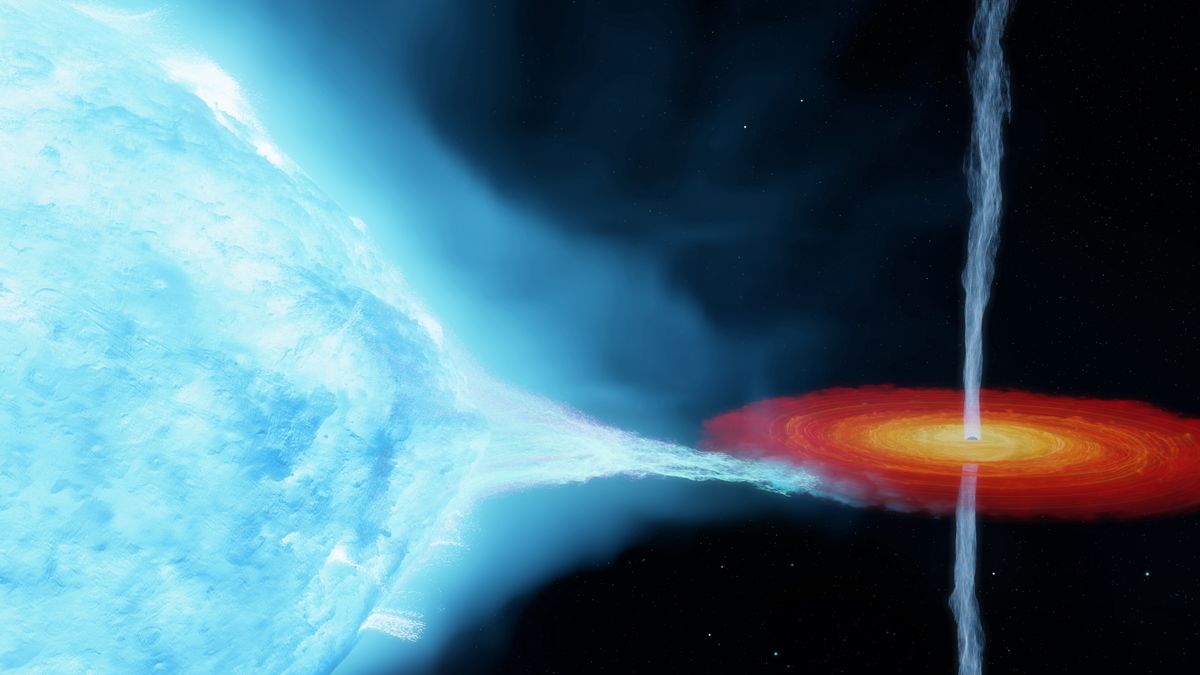
(Gravitational-wave observatories such as LIGO that detect ripples in the fabric of space and time have detected larger stellar-mass black holes, including one about 50 times the sun's mass.).
These findings suggest that the stars that form stellar-mass black holes may not lose as much material via winds as previously thought."The mass of a black hole is set by how massive a star it started off as," Miller-Jones said.
The most massive stars can have very powerful winds, and lose a lot of mass through them before they form black holes.".
The newfound giant size of Cygnus X-1 therefore suggests the stars that form stellar-mass black holes can be larger than previously thought!"Previous models predicted the most massive black hole a massive star in our Milky Way galaxy should be able to make should only be about 15 times the mass of the sun," Miller-Jones said.
"So finding something 21 times the mass of the sun means we have to revise our estimates of how much mass these massive stars are losing.".
The updated estimates of the black hole's mass and distance also helped revealed the object is spinning very close to the speed of light, "faster than any other black hole found to date," study co-author Xueshan Zhao at the Chinese Academy of Sciences in Beijing, said in a statement.And even larger stellar-mass black holes may be waiting for scientists' attention."Cygnus X-1 is unlikely the most massive stellar-mass black hole that can be produced," Miller-Jones said.